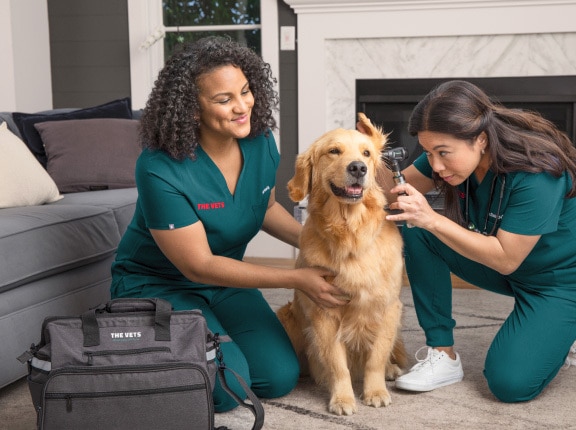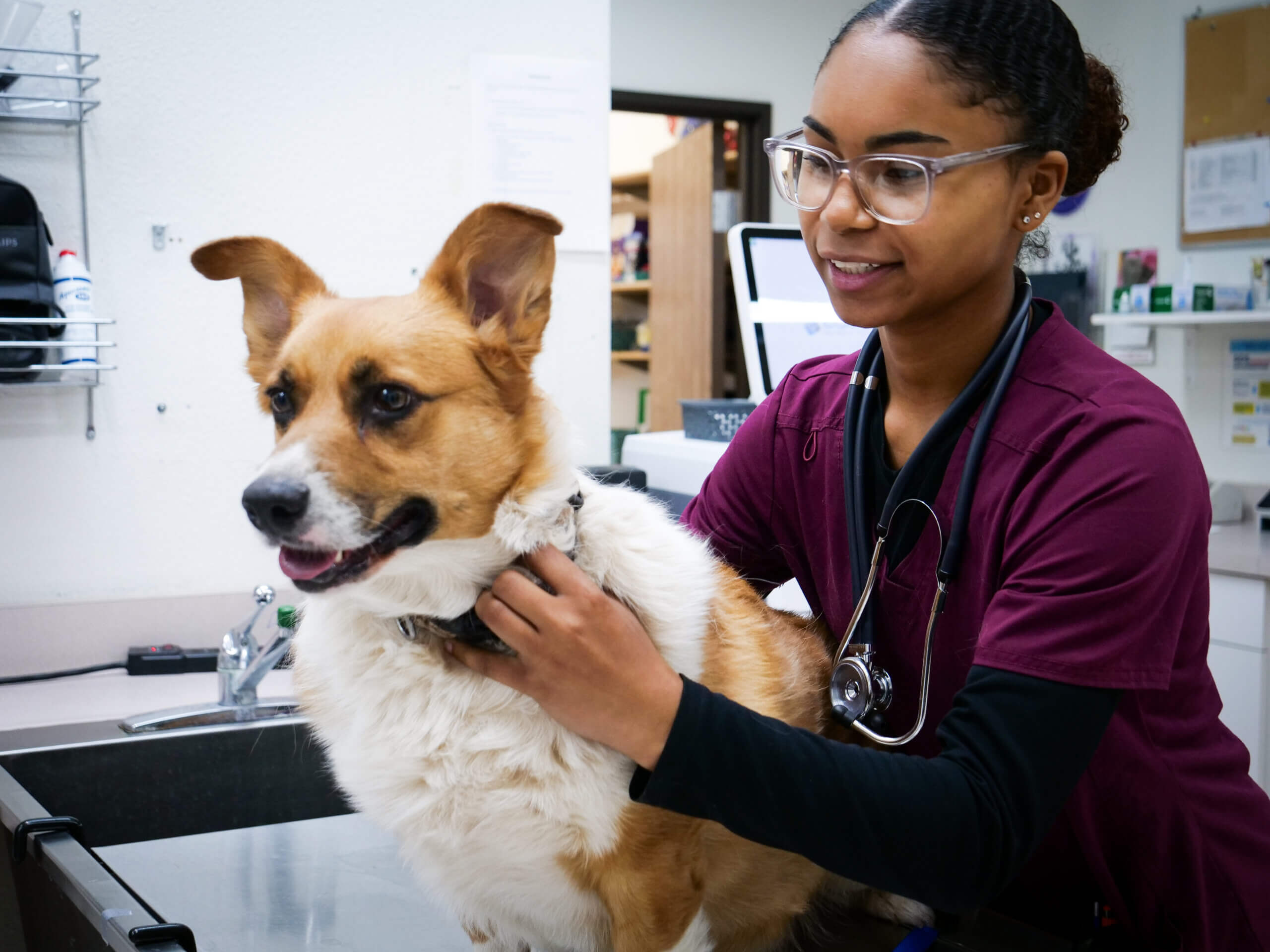Top Mistakes to Avoid Before, During, and After tplo surgery
Top Mistakes to Avoid Before, During, and After tplo surgery
Blog Article
All About Veterinarian Surgical Procedure: Understanding the Value of Professional Take Care Of Your Animals
Veterinary surgery is a vital part of family pet health care. It includes different treatments, from routine optional surgical procedures to urgent interventions. Understanding the complexities of these surgeries can aid pet proprietors make notified choices. The preparation, execution, and recuperation phases are necessary for making sure the well-being of animals. With proper understanding, proprietors can browse the intricacies of veterinary treatment. What factors should be taken into consideration before a pet dog undergoes surgical procedure?
Kinds Of Vet Surgeries
When a pet requires surgical intervention, comprehending the numerous kinds of vet surgeries can aid family pet owners make informed decisions. Vet surgeries can be broadly categorized into three major kinds: optional, immediate, and emergency situation surgeries. Optional surgeries, such as spaying or neutering, are planned procedures that are not immediately deadly. Urgent surgical procedures, like those for international body elimination, should be done quickly yet are not deadly in the minute. Emergency surgical treatments, such as those resolving serious trauma or inner blood loss, are critical and call for immediate attention.Additionally, surgeries can vary in complexity, ranging from minimally invasive laparoscopic treatments to much more considerable open surgeries. Each sort of surgical treatment carries its very own dangers and healing processes. Comprehending these groups permits animal owners to participate in meaningful discussions with vets, causing far better results for their precious animals.
Planning for Your Animal's Surgical treatment
Planning for a pet dog's surgery includes a detailed checklist to assure all basics are covered. Efficient interaction with the veterinarian is vital for understanding the procedure and any kind of needed pre-operative steps - canine tplo surgery. In addition, having clear post-operative care instructions will help owners supply the most effective assistance for their recovering family pets
Pre-Surgery List Essentials
Ensuring a smooth surgical experience for an animal calls for cautious preparation and focus to detail. A pre-surgery list is important for family pet owners to adhere to. First, validating the arranged surgical treatment day and time is important. Proprietors should also validate that their pet has actually fasted according to the veterinarian's instructions, usually for 8-12 hours prior to surgical procedure. Collecting needed medical documents, consisting of vaccination history, is necessary for the veterinarian's review. It is additionally a good idea to prepare a comfortable space at home for the animal's recovery after surgical procedure. Owners should have a plan for transport to and from the veterinary facility, making certain that the family pet is protected and comfy throughout the trip. Adhering to these steps can greatly improve the medical experience.
Interacting With Your Vet

Efficient communication with the vet is crucial for a successful surgical experience for pets. Proprietors ought to be prepared to review their animal's case history, consisting of any type of pre-existing conditions, medications, and allergies. This details helps the vet evaluate risks and customize the surgical strategy appropriately. Furthermore, pet dog owners need to ask concerns pertaining to the procedure, anesthetic, and anticipated end results to guarantee they completely comprehend the procedure. Clearing up any type of doubts can alleviate stress and anxiety for both the pet dog and the proprietor. It is additionally essential to communicate any type of behavior adjustments or worries observed in the pet leading up to the surgical procedure. Ultimately, clear dialogue fosters trust and cooperation, ensuring that pets obtain the most effective possible care during their medical journey.
Post-Operative Treatment Recommendations
After reviewing the surgery with the vet, family pet proprietors should concentrate on post-operative care directions to assist in a smooth healing for their pets. These instructions commonly include keeping an eye on the surgical website for signs of infection, such as redness or discharge. Family pets might require to be kept calm and constrained to avoid too much motion that might interrupt healing. Discomfort management is crucial, so proprietors ought to comply with the vet's guidance on administering medications. In addition, dietary constraints might be encouraged to stay clear of gastrointestinal upset. Normal follow-up consultations are very important to guarantee proper healing and deal with any concerns. By sticking to these post-operative treatment instructions, pet dog owners can significantly add to their pet's recovery and overall well-being.
The Surgery Explained
The surgery for animals incorporates crucial actions that assure their security and healing. Pre-surgery preparations are necessary for decreasing risks, while post-operative care guidelines play a vital function in promoting recovery. Understanding these parts assists pet dog owners navigate the medical experience better.
Pre-Surgery Preparations
Prior to a pet dog undergoes surgical procedure, several vital prep work need to occur to guarantee a risk-free and effective procedure. A complete veterinary exam is important to analyze the pet's overall health and determine any potential risks. This might consist of blood examinations, imaging, or various other diagnostics. The vet will certainly additionally discuss anesthesia choices customized to the pet dog's details needs. Additionally, pet proprietors are commonly instructed to hold back food and water for a specified time prior to surgical procedure to lessen the danger of issues throughout anesthetic. It is very important for owners to supply a complete case history, consisting of any medicines or allergic reactions, making certain the surgical group has all necessary details. Appropriate interaction and adherence to pre-surgery standards can greatly boost the result of the treatment.
Post-Operative Treatment Standards
Correct these details post-operative care is necessary for making sure an animal's healing complying with surgery. After the treatment, pets must be monitored closely for any kind of signs of difficulties, such as extreme blood loss, swelling, or unusual habits. It is necessary to comply with the vet's guidelines concerning drugs, consisting of painkiller and antibiotics. Family pets must be kept in a silent, comfortable environment to minimize stress and advertise healing. Restricting activity is vital; short, leashed walks may be required, however leaping or running must be prevented. Normal follow-up appointments must be set up to analyze the recovery process. Furthermore, the surgical site has to be kept tidy and dry, with any indicators of infection reported to a veterinarian quickly. Following these standards improves recovery results.
Anesthetic and Discomfort Management
Effective anesthetic and pain administration are necessary elements of vet surgical treatment, making sure that family pets continue to be comfy and safe throughout the procedure. Veterinarians evaluate each pet dog's private demands, taking right into account variables such as age, weight, health and wellness standing, and the sort of surgical procedure being performed.Anesthesia procedures typically include a mix of pre-anesthetic drugs, induction agents, and inhalant anesthetics, enabling accurate control over the animal's level of consciousness. Tracking throughout surgical procedure is vital; vets continuously observe important indicators to resolve any potential problems promptly.Pain administration approaches might entail opioids, non-steroidal anti-inflammatory medicines (NSAIDs), and regional anesthetics, tailored to the animal's particular scenario. This diverse approach assists decrease pain and advertises a smoother surgical experience. By focusing on effective anesthetic and pain monitoring, vet professionals enhance the general welfare of pets undertaking surgeries, ensuring they obtain the greatest requirement of care.
Post-Operative Care and Recovery
Complying with surgical procedure, the emphasis changes to post-operative treatment and recovery, which is vital for making sure a family pet's safe return to normal activities. Throughout this period, pet dogs call for a quiet, comfortable atmosphere to aid recovery. Owners need to carefully check their animals for any type of indicators of pain or uncommon behavior.Veterinary standards often include certain instructions associated with medication administration, injury pop over to this web-site treatment, and dietary changes. It is essential to abide by these suggestions to minimize complications and advertise recovery. Family pets might require to be limited from energetic activities, such as running or leaping, throughout their healing period (tplo surgery for dogs).Regular follow-up consultations with the vet enable surveillance of the pet's progression and timely adjustments to the treatment strategy. Providing psychological assistance and companionship can also boost a family pet's healing experience, assisting to alleviate anxiety and anxiety. In general, persistent post-operative care plays a considerable duty in achieving a successful recovery
Recognizing Issues After Surgery
Just how can pet dog proprietors determine complications after surgical treatment? Understanding of specific indications is important for guaranteeing the wellness of animals during recuperation. Typical indicators consist of excessive swelling, soreness, or discharge at the surgical website, which may symbolize infection. Furthermore, relentless pain, shown by whimpering or reluctance to relocate, must prompt instant attention. Adjustments in cravings or water consumption can likewise suggest complications; a decrease in these behaviors might indicate discomfort or distress.Moreover, pet owners ought to monitor their animals for any type of uncommon behavior, such as lethargy or trouble breathing, as these can be signs of serious issues. Throwing up or diarrhea adhering to surgery might need urgent veterinary examination. Recognizing these problems early can substantially impact a pet's recovery procedure, emphasizing the importance of caution and timely communication with a veterinarian for any kind of concerning symptoms.
The Role of Vet Professionals in Surgical Treatment
Veterinary professionals play an essential duty in making sure the safety and success of surgeries for animals, especially following surgical procedure when checking and care are extremely important. These specialists include vets, vet professionals, and assistance team, all of whom contribute specialized abilities to the surgical process.Before surgical treatment, veterinarians perform thorough analyses to evaluate the family pet's wellness, guaranteeing that any kind of hidden conditions are handled. Throughout the procedure, the medical team supplies anesthesia, preserves clean and sterile environments, and keeps an eye on vital indications, all important for lessening risks.Post-operative treatment is similarly substantial; vet specialists observe for complications, manage pain, and guide owners on healing practices. Their proficiency enables them to identify early signs of distress or infection, making certain prompt treatment. local vets office Inevitably, the collective initiatives of vet professionals in surgical care cultivate a risk-free environment, advertising the health of pet dogs throughout the medical trip.

Frequently Asked Concerns
Just how Do I Select the Right Veterinary Doctor for My Family pet?
Choosing the ideal vet cosmetic surgeon includes investigating credentials, checking out evaluations, and assessing the facility's atmosphere. It is vital to mirror on the specialist's experience with details treatments and their communication style when making a decision.
What Are Common Misconceptions Regarding Vet Surgeries?
Common mistaken beliefs about vet surgical treatments include ideas that they are constantly risky, unneeded, or for emergency situations. Many pet owners take too lightly the advantages of preventative procedures and the ability included in vet surgical treatment.
How Much Will My Pet's Surgical procedure Cost?
The price of a pet dog's surgery can differ substantially based on elements such as the kind of procedure, the vet's experience, and geographic area (canine tplo surgery). Typically, expenditures range from a few hundred to several thousand dollars

Can My Animal Eat Before Surgical Treatment?
Before surgical procedure, it is normally advised that animals abstain from consuming for a certain duration. This fasting assists minimize the danger of complications during anesthesia. Proprietors must consult their vet for exact instructions tailored to their pet dog's needs.
Suppose My Family Pet Has Pre-Existing Health And Wellness Conditions?
When a pet has pre-existing wellness conditions, it's essential for the veterinarian to examine these elements prior to surgery. This examination guarantees appropriate safety measures are taken, decreasing dangers and optimizing the family pet's general safety and security during the treatment.
Report this page